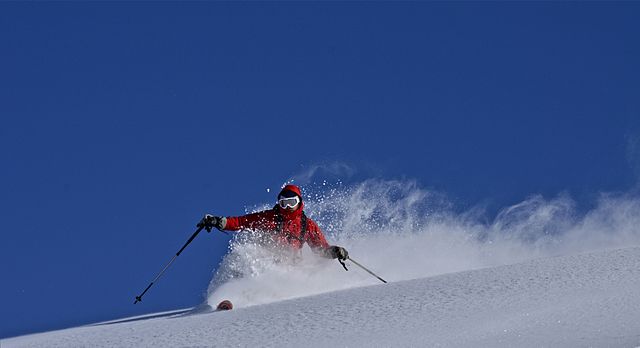Telemark skiing, otherwise known as “free-heel” skiing, is a technique that combines elements of Alpine and Nordic Skiing that originated in the Telemark region of Norway. The name of the sports technique comes from the founding father and a pioneer of modern skiing, Sondre Nordheim, who discovered the perfect heel strap in 1850 in his hometown of Telemark when he landed the historic jump over his father’s barn. He used birch tree root to create a heel strap with enough stiffness to provide sufficient control of the ski for steering and the elasticity for the heel strap to fit tight enough around the heel to keep the toe in the toe-strap. This strap made it possible to both downhill ski and go over ski jumps.
As you may have realized, Telemarking requires unique gear and in today’s sports environment, Telemark skiing is really more about the gear than the turn itself. There have been innovations in the shape of a telemark ski, design of the camber, and boot design updates that make it easier than ever for those new to the sport to learn. The boot and binding combination must be a free-heel system. Many regular alpine skis work for telemarking. It is important to note that you use relatively wide skis that are not especially long and to find skis that are less stiff than alpine skis. Veteran telemark pros have been known to love the freedom, comfort, and mobility of telemark gear. You will see skiers individual methods of utilizing the Telemark technique, as well, on a turn by turn basis when they opt to drop a knee or not.

